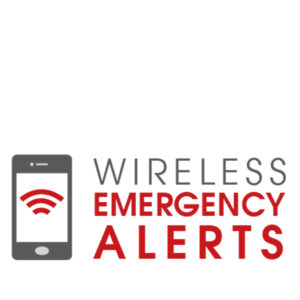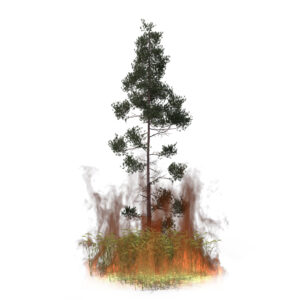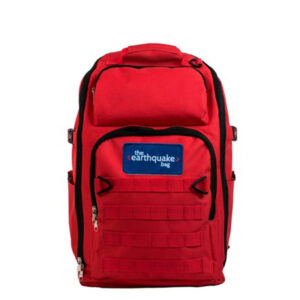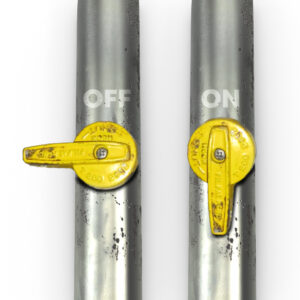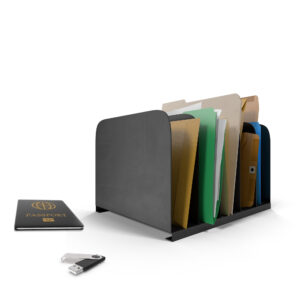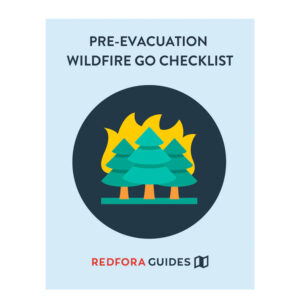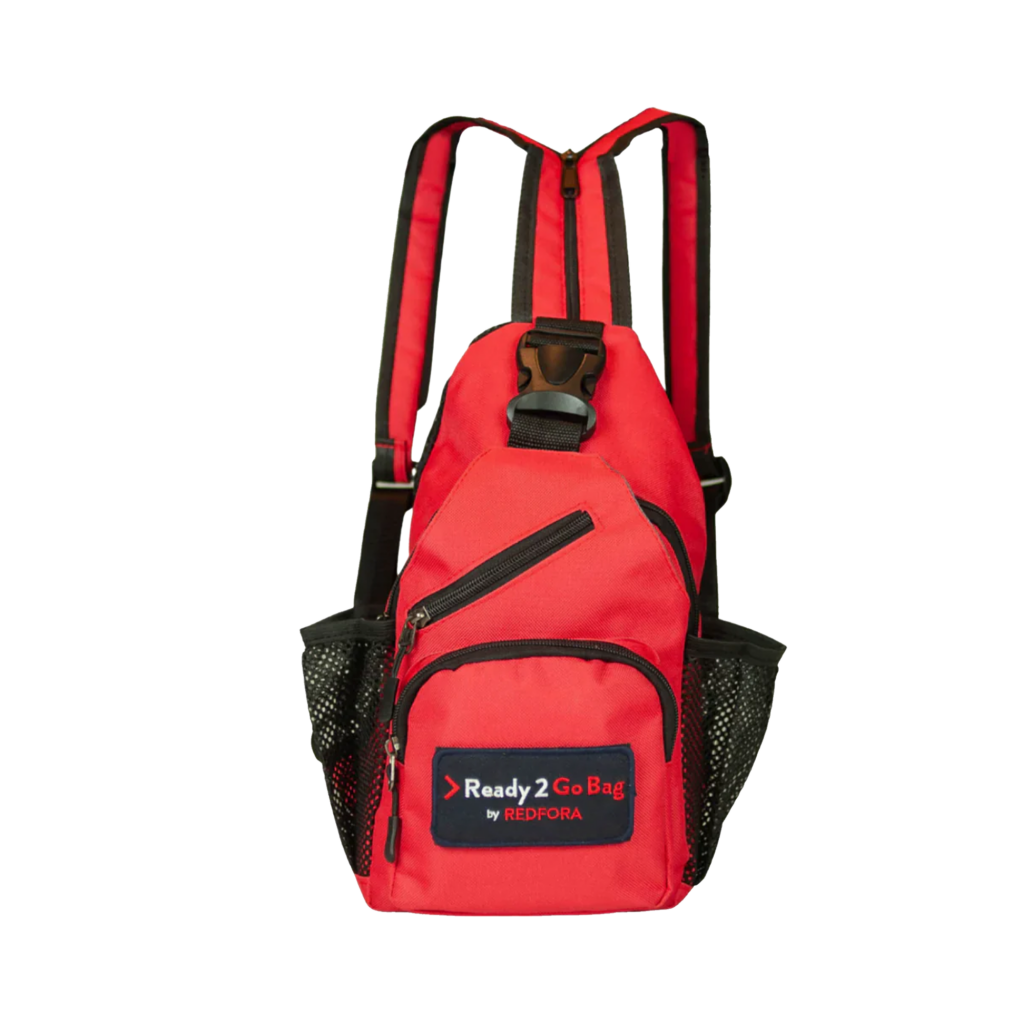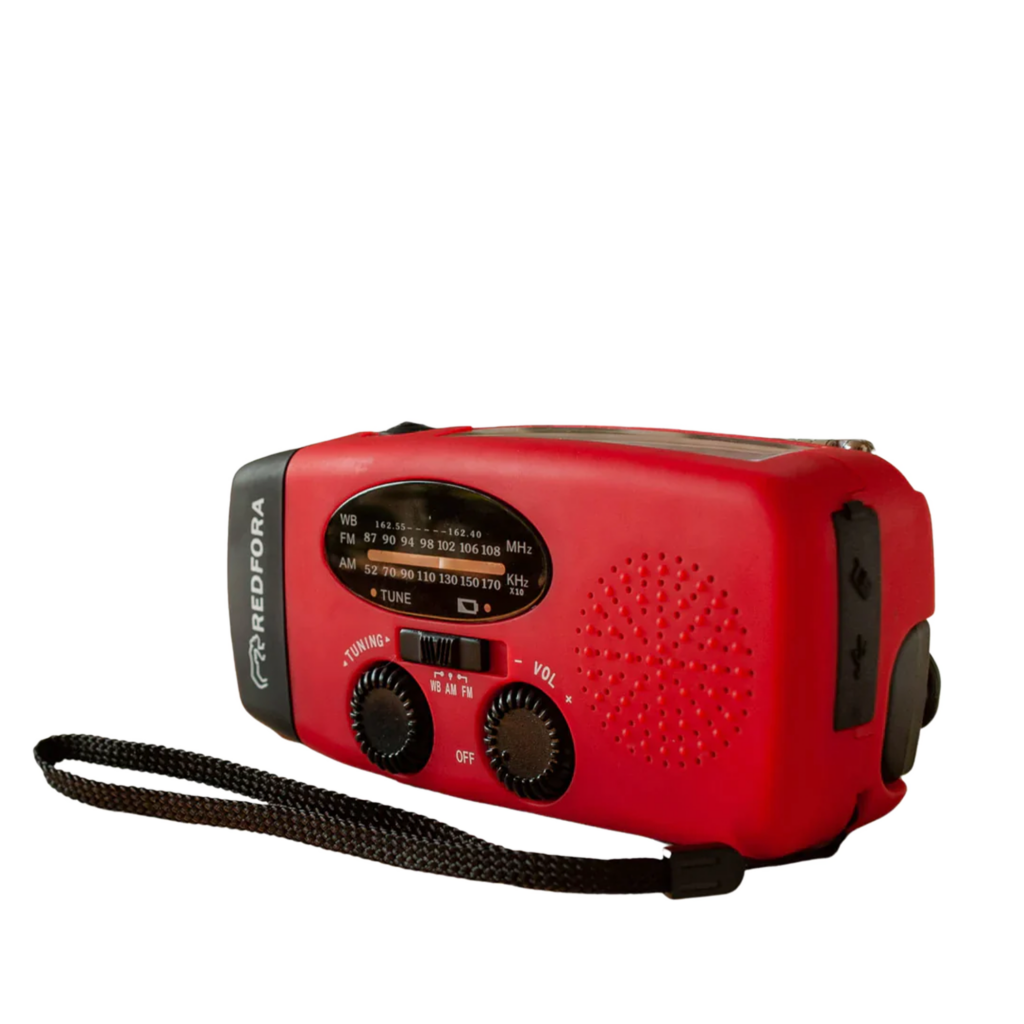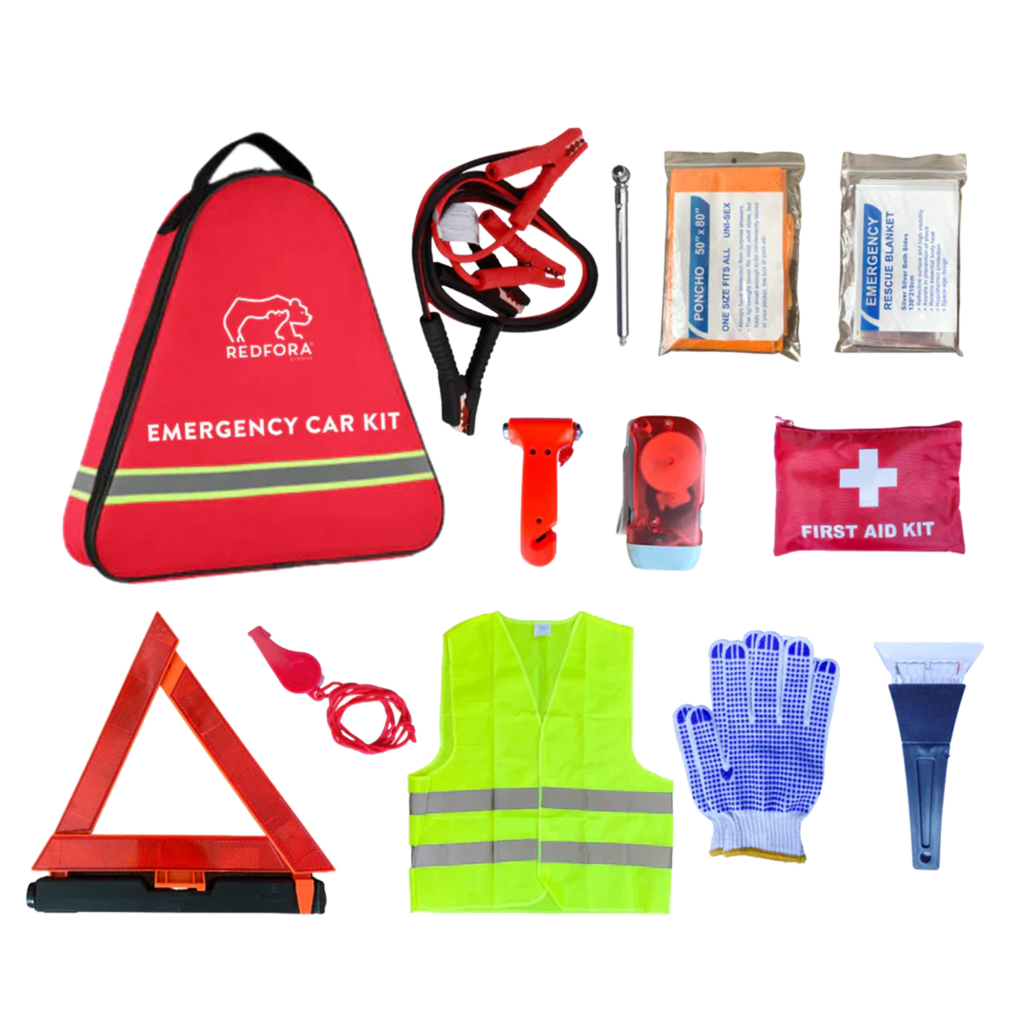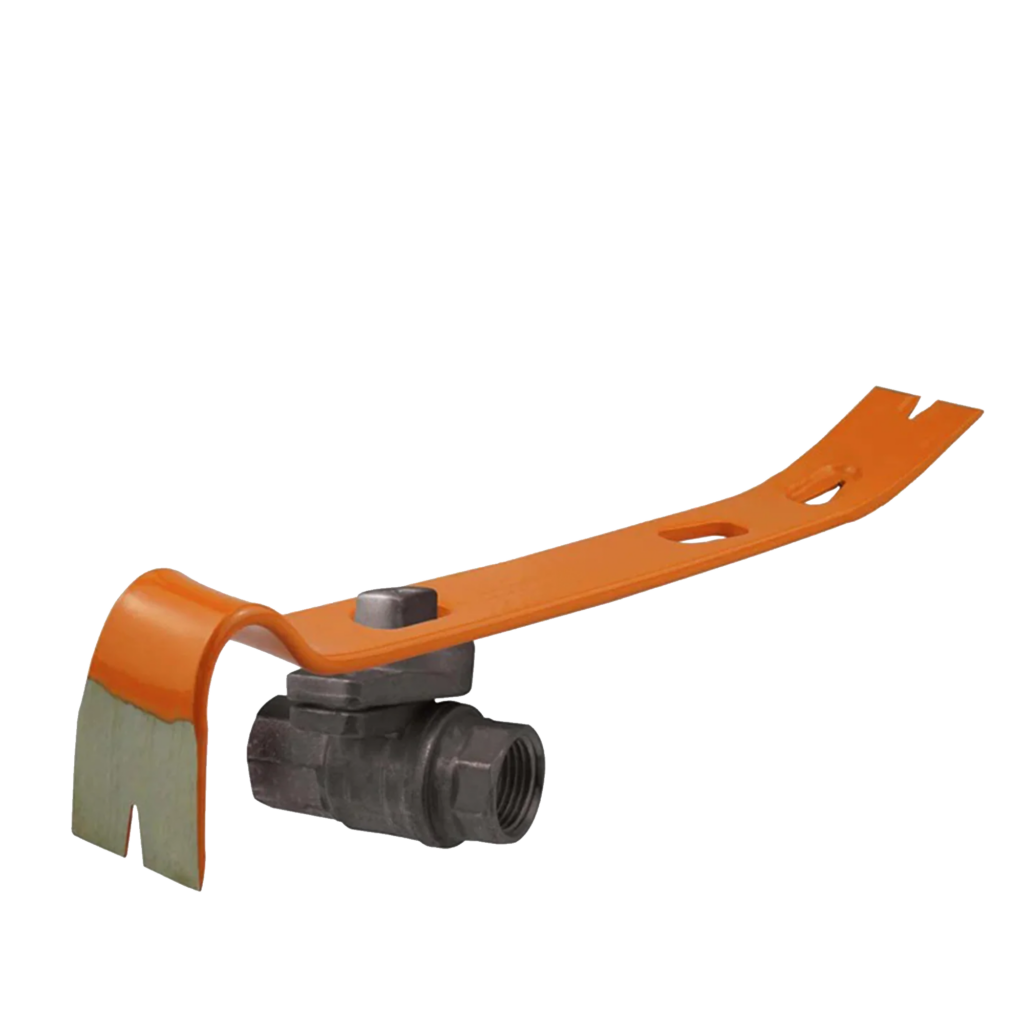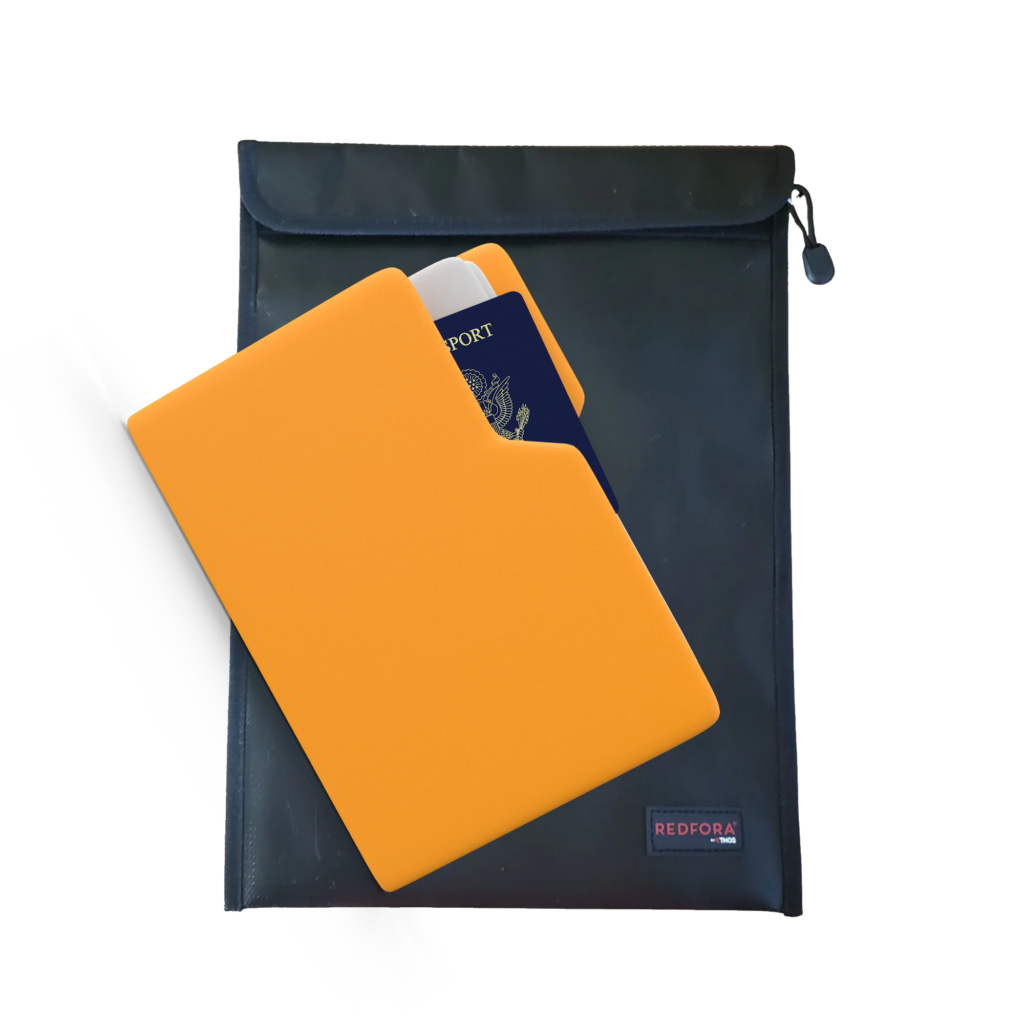Is your workplace ready for anything? Access in-depth educational resources through our LMS Program, and get prepared. Reach out today to get started.
Level 1, 2, and 3 evacuation orders are very much like the Ready, Set, GO prompts of a footrace. If your area comes under a Level 1 order, it means that you should take steps to prepare for a possible evacuation and, if time allows, do what you can to protect your property and belongings from the encroaching flames. At level 2 you should be at an absolute state of readiness: bags packed, kids and animals gathered, keys in hand, property prepared. You may not need to evacuate, but if the time comes, you’re equipped to leave your property with a moment’s notice. Level 3 is that notice. It’s when the gun fires and everyone runs for the finish line. It should be noted that if your instincts tell you to evacuate at any moment before a mandatory evacuation notice is handed down, you should listen to those instincts. Why wait?
Unlike hurricanes, wildfires are a spotty affair. They can – and typically do – occur in many places at once. To plan for unpredictability, start by choosing an evacuation site that’s at least 100 miles from your home (or from wherever you’re evacuating). Then plan at least two routes to that site so that you know how to get there in case your preferred route is itself obstructed by fire. Now choose another evacuation site altogether in the opposite direction. That way, if your primary route out of town to your primary evacuation site is blocked, you can pivot to your alternate site. Just like your primary evacuation site, you should have two routes in mind to reach your alternate destination. In order to track the fires from which you’re evacuating, activate the wildfire layer on Google Maps. You can learn that here. If you’re truly in a bind and don’t know where to go, it’s likely that the Red Cross will have opened shelters that can serve as an option. Both the Red Cross and FEMA offer free apps that will help you to keep tabs on shelters near you. Keep in mind that shelters typically do not allow you to board pets.
The local news is an obvious choice during the day, but that won’t help you in the event that fires break out or take an aggressive turn during the night. To ensure that you receive the most timely information day and night, sign up for your county’s Wireless Emergency Alerts (WEA). WEA is a public safety system that allows people with mobile devices to receive geographically targeted messages when there is an imminent safety threat in the area. Look up the name of your county + “wireless emergency alerts” to ensure that local emergency officials are able to reach you.
Your Go Bag is a jump start on your packing efforts. No one can be fully packed and ready to evacuate all the time, but if you’re half packed with items that you will indisputably need, your evacuation will prove less stressful, and you’ll be less likely to forget something important. Visit Redfora’s Assembling a Go Bag page for thoughts on what to include.
Property protection is a year-round, community-wide effort if you live in wildfire country. Here are some steps that both you and your neighbors need to take every year:
Clear brush and weeds from your property. Dry groundcover is a welcome mat for fires to spread to your doorstep.
Trim the lower branches of trees. Particularly if you haven’t addressed the groundcover, branches near to the ground form a ladder that allows fire to reach the treetops.
Clear you gutters of debris. Sparks and embers can spread from afar to nest in this bed of kindling along your roofline. Once your roof catches fire, your home is likely to follow.
Essential Wildfire Preparedness Steps
Know the Code
At Level 1 you should prepare for a possible evacuation. At Level 2 you should be ready to go. At Level 3 you should be on your way.
Stay Informed
Keep an eye on the local news and sign up for your county’s Wireless Emergency Alerts to receive the most up-to-date in notifications, day or night.
Plan Your Evacuation
Choose and primary evacuation site and select two routes to get you there. Now do the same with an alternative evacuation site.
Maintain Your Property
Weeds, low tree branches and uncleared debris in your gutter are wildfire tinder. Your whole neighborhood has a role to play in minimizing the risk.
Pack Your Bags
You may be on evacuation notice for days, hours or minutes. Your go bag will increase your speed. Learn more here.
Turn Off Your Gas
Many places recommend that you turn off your gas prior to evacuation to prevent a potentially explosive situation in your home.
Protect Your Files
What documents do you need to recover if you lost your home? Make photocopies or store on a flash drive in your kit. Learn more here.
Shop for Wildfire Supplies at Redfora
Subscribe to our newsletter and get $10 off your first order over $99.

